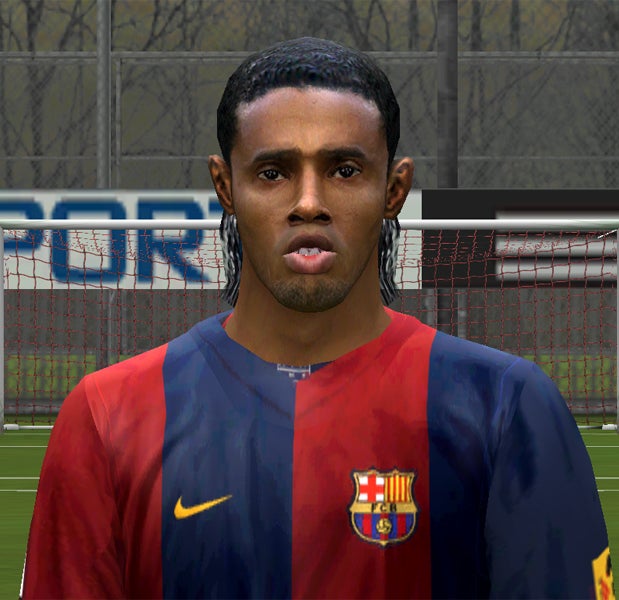
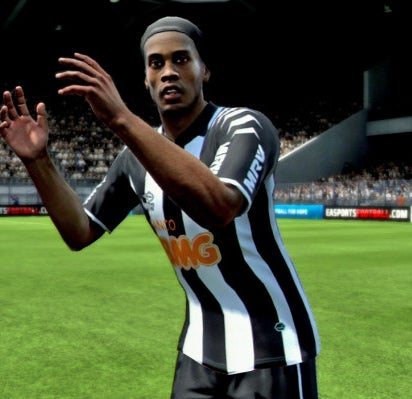
The dawn of a new gaming hardware cycle is a natural time for gamers, game writers, and game makers to obsess over the most technically obvious sign of improvement in games: graphics. The revelation at E3 last week of a suite of games for the Xbox One and PlayStation 4 has led to the usual round of hyperventilation and dick-measuring (though few of the typical complaints that the games do not look "truly" next-gen, in the Potter Stewart sense).
And there were some indisputably gorgeous, "next-generation"-looking games at E3, among them The Division and Ryse.


These games are spectacular to look at, but then again, so are many of the games currently coming out for the PlayStation 3 and Xbox 360. The Last of Us and Crysis 3, in particular, so thoroughly harness the capabilities of the current-gen consoles that they look, well, next-gen. (And the CEO of Crytek, which makes both Crysis 3 and Ryse, recently said that the best of the current-generation games may look as good as the next-gen launch games.)
Given that the current hardware generation started in 2006, that's an astonishing fact. But the truth is, the leap in visual fidelity across the span of a single hardware cycle may be just as, if not more, profound than the leap in visual fidelity between hardware cycles.
In fact, the visual improvement from the beginning of the current group of consoles to the present is almost shocking. Take a look at a few examples.
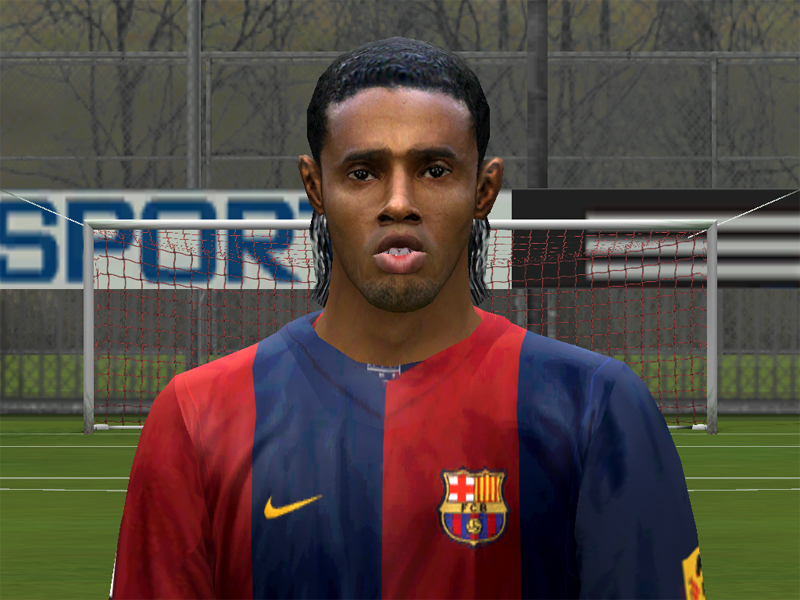
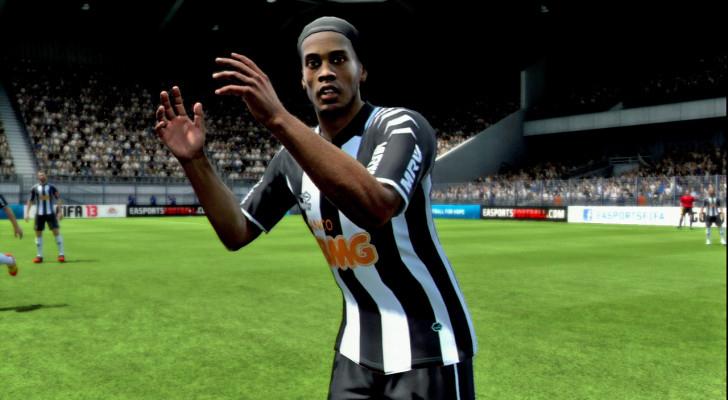
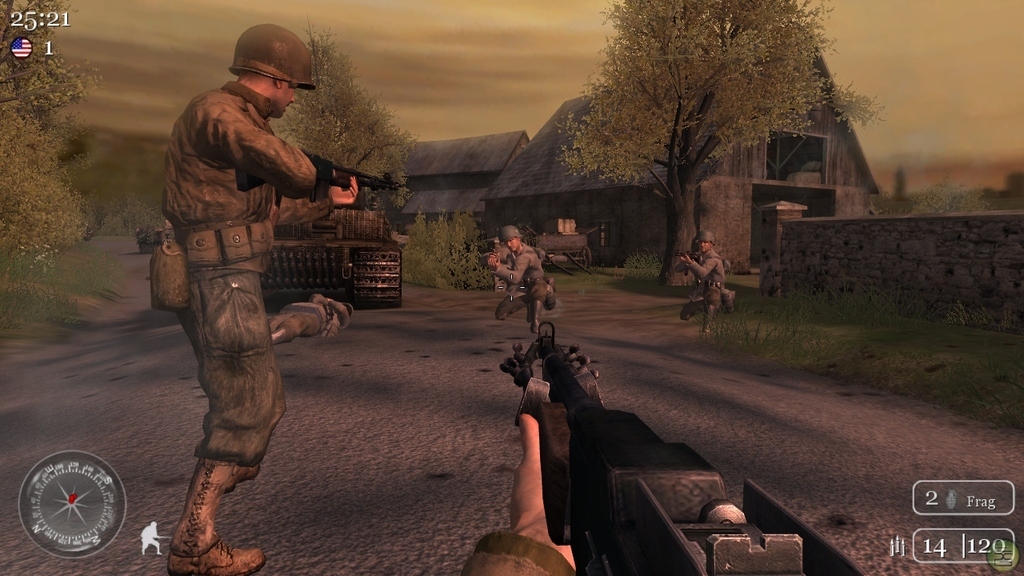
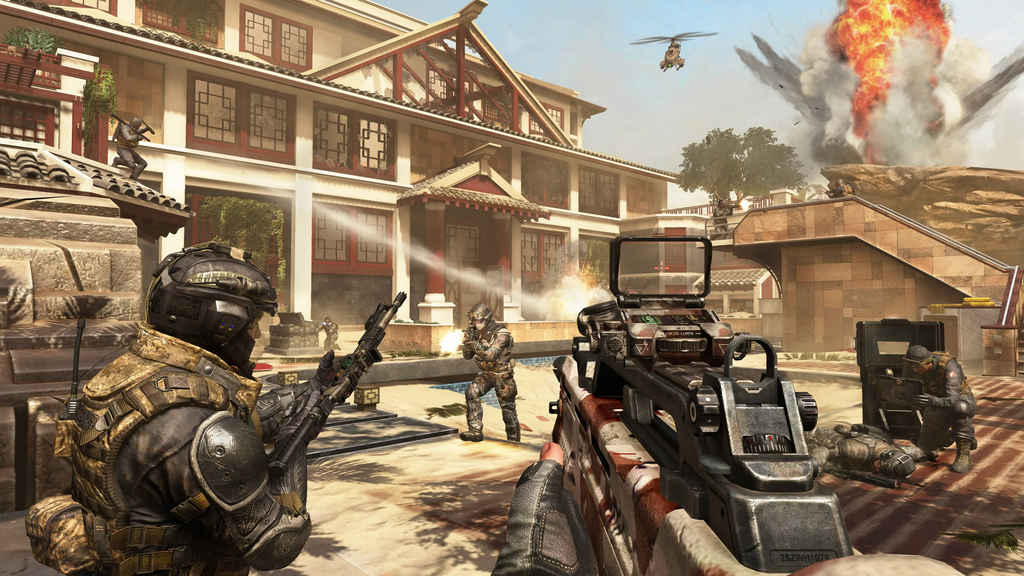
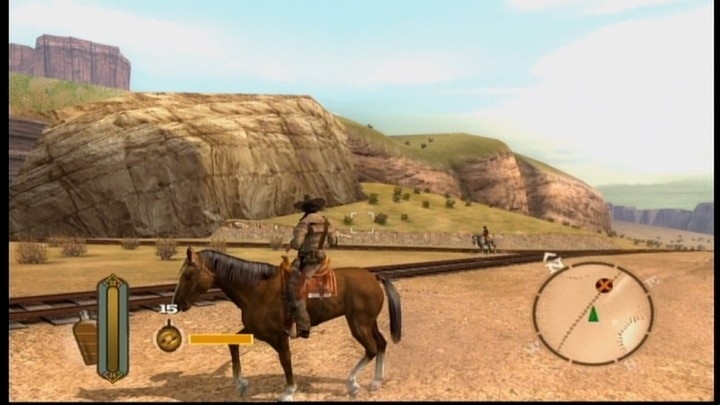
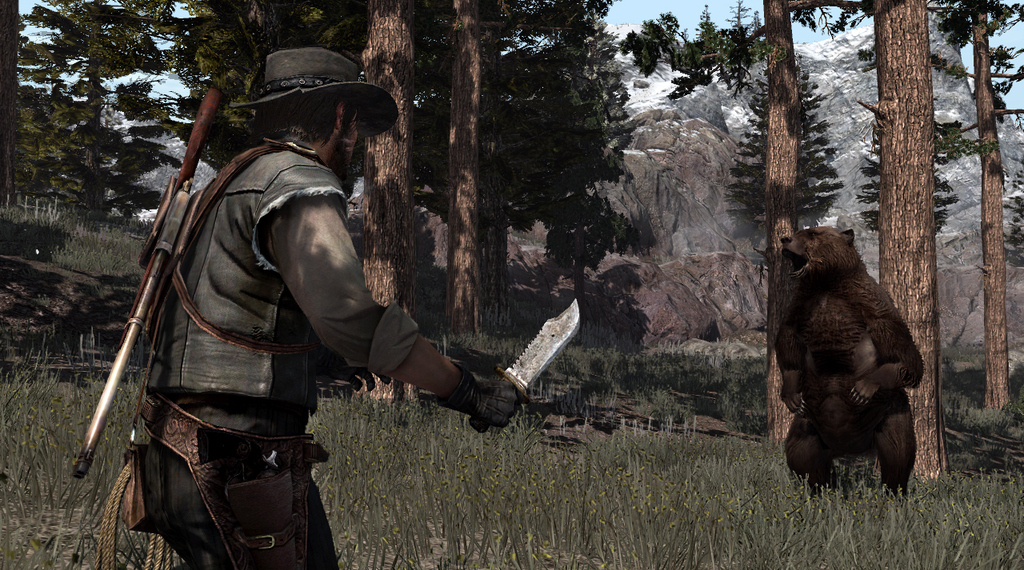
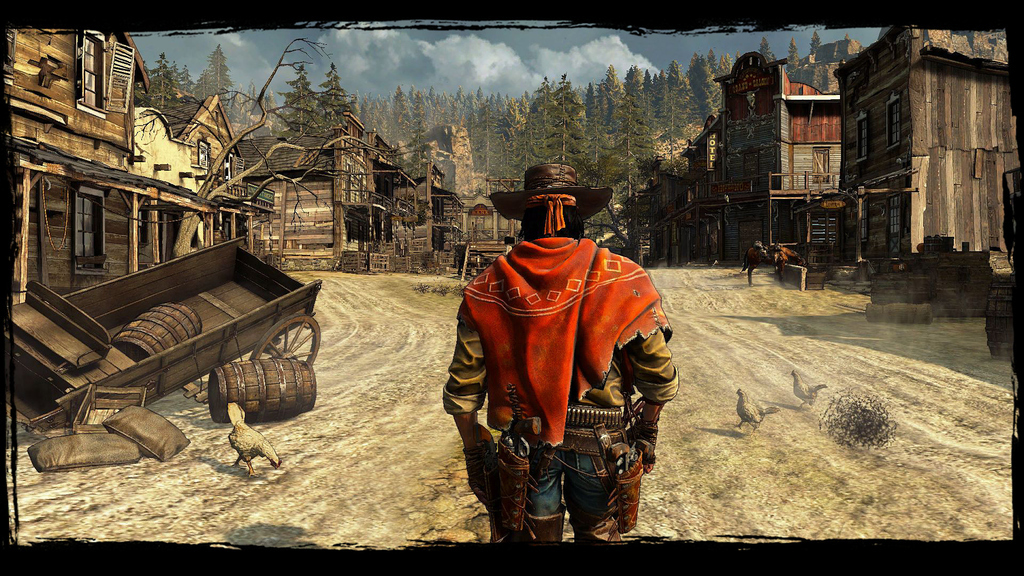
The reasons for the improvement are obvious: Developers have had more than half a decade to figure out the intricacies of developing for the PS3 and Xbox 360 and can now make the systems do tricks that they simply couldn't seven years ago. The PS3 in particular was known to be enormously complicated to develop for, and as a Naughty Dog rep told me last month, his company is still figuring out new things to do with the hardware.
Both Sony and Microsoft have stated that they designed their new systems to make development as easy as possible (and Microsoft even claims to have not built the system with cutting-edge graphics foremost in mind), so it may be reasonable to speculate that the improvement in visuals from today to the end of the next console cycle may not be as dramatic as the current one.
In any case, don't bet against it. Microsoft has made much of the graphics processing that their cloud computers can do, enabling the Xbox One's GPU to render even more detail. And some developers have claimed that the PS4 has more horsepower to work with than the Xbox One. In other words, don't be surprised when the Xbox One games of 2013 look more like the Xbox 360 games of 2013 than the Xbox One games of 2018.
